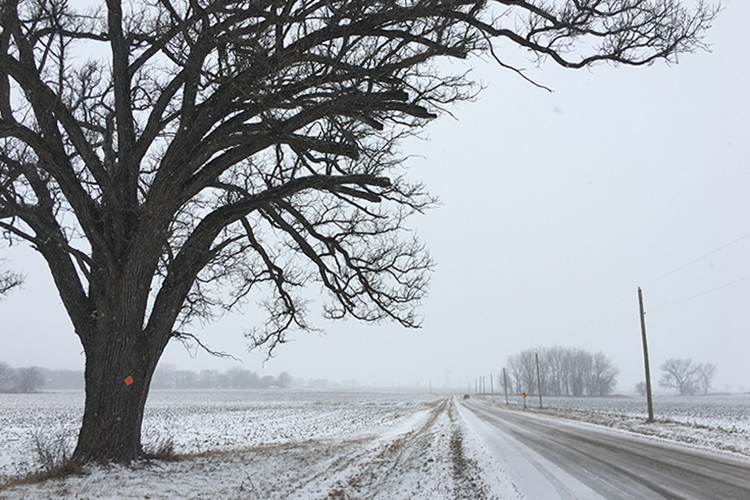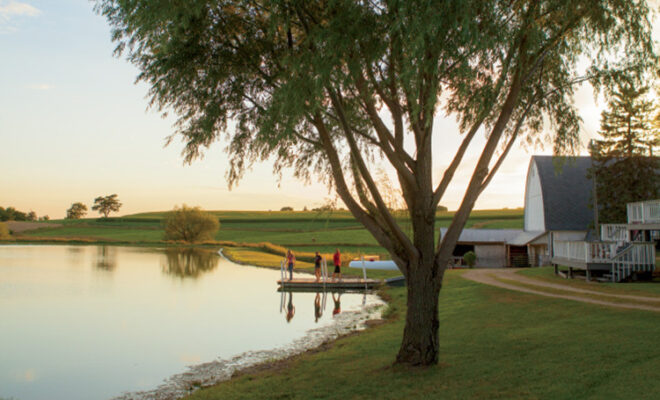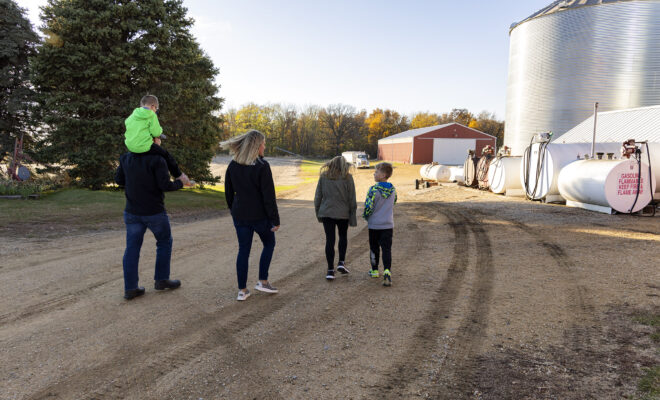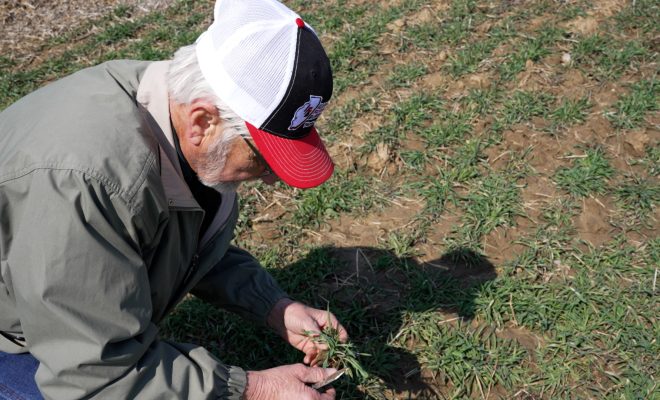
On a westward drive to the home farm, my eyes drift to the tree-lined grassy knoll atop the Southeast Field. From that hilltop a good half mile off the gravel road, you can take in one of the best views of the home farm. Add in a brilliant sunset, and my heart feels the praise that we vocalize in unison at Sunday worship: God is good.
February brings the month to reflect on love, and a farm family’s love for the land proves a unique, powerful and spiritual bond. While better felt than described, the closest parallel seems a loving parent-child relationship. Farmers often name their fields based on location, size or ownership lineage. We monitor the land’s health and nourish it. We identify its strengths and weaknesses and nurture within its abilities to reach its full potential. Then, we share in the land’s accomplishments and failures at harvest.

Spend enough time with the land and you learn where the deer travel, raccoons roam and bald eagles frequent. The biggest, oldest cottonwood and sycamore trees stand as landmarks at field edges in the Front Bottom and Fremont East Field. Our kids now fish as we did in the bordering river in the summer and hike the timber for morel mushrooms in the spring. During harvest, they dine on meals in the field and learn to drive tractors. By winter, they beg to sled at the first fall of snow on the soybean stubble at Beecher South.
See more: Farmers, Stewards of the Land and Water
In time, they will understand how rainwater moves across the land and to use modern precision technologies to implement nutrient management plans. Environmental impact guides our decisions for waterways, conservation practices, and minimum to no-tillage of the soils. Cover crops bring promise to build soil health and nutrient retention. Soil sampling remains a routine standard, something like bloodwork to monitor health. The land’s temperature and touch tell its readiness to plant, and a weather-related app on our smartphones tell us the rainfall at each field under our care. Like generations before us, we tend the land with the tools, resources and know-how of the time.
The timeless mission remains: Leave the land better than you found it. The mantra resonates across the state and nation, where farmers raise the next generation to love the land and fulfill their duty as temporary caretakers and stewards.
About the author: Joanie Stiers’ family grows corn, soybeans and hay and raises beef cattle and backyard chickens in West-Central Illinois.





A great picture…and I enjoyed reading your story.